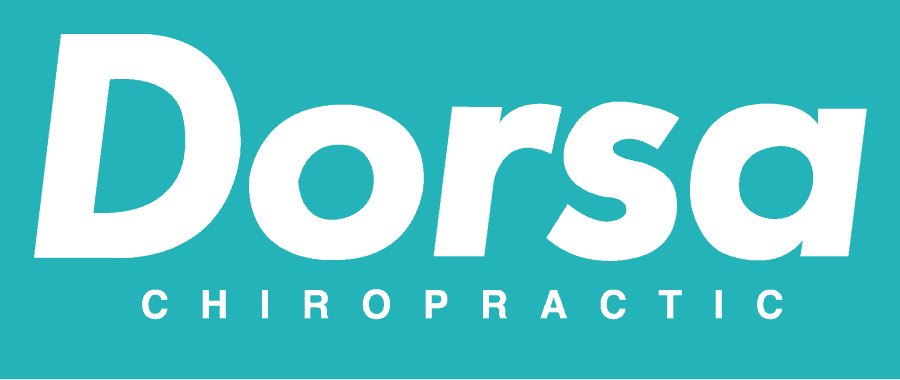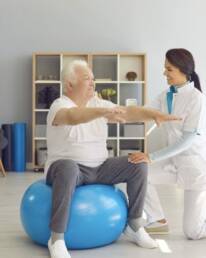Geriatric massage, a specialized form of bodywork designed for the unique needs of the elderly, offers a gentle and nurturing approach to support the well-being of older adults. Rooted in the principles of compassion and adaptability, geriatric massage focuses on enhancing circulation, flexibility, and overall comfort for seniors. In this exploration, we delve into the techniques, benefits, and considerations that define the art of geriatric massage.
The Core Techniques:
- Gentle Strokes and Light Pressure:
- Geriatric massage utilizes gentle, flowing strokes and light pressure to accommodate the delicate skin and potentially fragile health of older adults.
- The goal is to promote relaxation and improve circulation without causing discomfort.
- Joint Mobilization:
- Joint mobilization techniques are employed to enhance joint flexibility and reduce stiffness.
- These movements are performed with care to maintain comfort and promote a greater range of motion.
- Circulatory Enhancements:
- Techniques such as effleurage and gentle kneading are used to enhance circulation, which is particularly beneficial for seniors with reduced mobility.
- Comfortable Positioning:
- Geriatric massage often involves adapting the positioning of the client for maximum comfort.
- Side-lying or semi-reclined positions may be utilized to accommodate mobility challenges and ensure a safe and relaxed experience.
- Focus on Specific Concerns:
- Geriatric massage therapists pay attention to specific concerns common in the elderly population, such as arthritis, joint pain, and muscle stiffness.
- Tailoring the massage to address these concerns ensures a more targeted and beneficial session.
Benefits of Geriatric Massage:
- Pain Relief:
- Geriatric massage provides relief from common aches and pains associated with aging, such as arthritis or muscle stiffness.
- Improved Circulation:
- Gentle massage techniques promote better blood circulation, contributing to overall cardiovascular health.
- Enhanced Joint Mobility:
- Joint mobilization techniques help improve flexibility and range of motion, supporting seniors in maintaining functional independence.
- Reduced Anxiety and Depression:
- The calming effects of geriatric massage can help alleviate symptoms of anxiety and depression, fostering emotional well-being.
- Improved Sleep Quality:
- Seniors often experience improved sleep quality as a result of the relaxation induced by geriatric massage.
Considerations:
- Health History and Medication:
- Geriatric massage therapists take into consideration the client’s health history, medications, and any existing medical conditions to ensure a safe and tailored session.
- Communication:
- Open communication between the client and the therapist is crucial to address any concerns, preferences, or changes in health status.
- Comfort and Support:
- Providing ample support through pillows, bolsters, or other props ensures that older adults are comfortable and at ease during the massage.
Geriatric massage stands as a testament to the gentle and compassionate care that can be provided to older adults as they navigate the journey of graceful aging. Beyond the physical benefits, geriatric massage offers a space for relaxation, connection, and the acknowledgment of the wisdom that comes with age. As a modality designed to enhance the well-being of seniors, geriatric massage honors the unique needs of this population, providing a touch that is both therapeutic and comforting on their path to embracing the aging process with grace and dignity.

